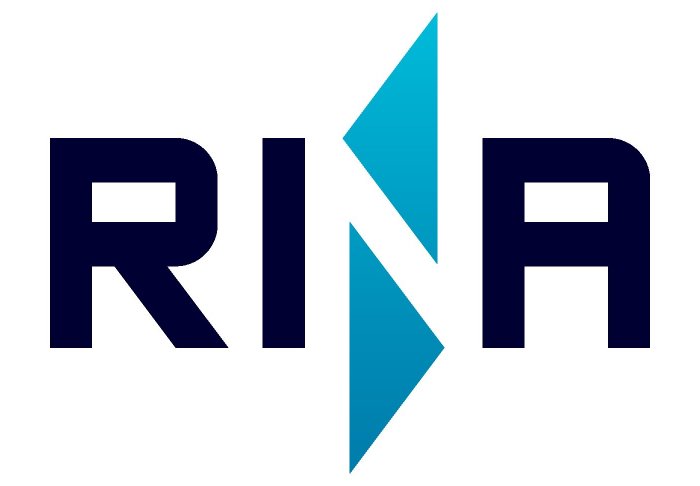The Italian Education System
The following is a brief overview that should help to give a general idea of the Italian education system.
Primary and Secondary Education
Primary education consists in five years of schooling beginning at the age of six. Secondary school is divided into three years of lower secondary school followed by five years of upper secondary school. On completion of lower secondary school, students receive a Diploma di Licenza di Scuola Media.
The upper secondary school is divided into schools that offer a course of study in specific fields: classical studies, sciences, languages, arts, business, vocational, and pedagogical studies. On completion of their five-year course, students must sit a national examination in order to obtain a Diploma di Maturità, a diploma in the field they have chosen (e.g. Maturità Classica). This diploma grants admission to an Italian university.
Higher Education
All students who have successfully completed secondary school and received a Diploma di Maturità are eligible for admission to the university of their choice. Foreign students or Italian students who have received their secondary school degree abroad are admitted on the basis of equivalent qualifications.
The Italian higher education system has specific features that foreign nationals must be aware of. Firstly, most Faculties have no selection process on entry and tuition fees are relatively low. Therefore, many high school graduates enrol in first year university programmes. This leads to a high dropout rate as some students enter the job market in the interim or leave, because they find the university programmes too demanding.
Secondly, students are not obliged to pass the exam at the end of term as it is possible for students to sit most exams at the time of their choice. For example, students can choose to take an exam of their first year programme during the summer session (May-June), the autumn session (September), or the winter session (January-February) or choose to postpone it to a later date.
Thirdly, the students are allowed to go over the time allotted to their university programmes and can be enrolled as fuori corso.
They can continue their studies with this status and complete the programme at their own pace.
Undergraduate and Postgraduate Degrees
Following the Bologna Declaration, The Italian Ministry of Education enacted extensive reforms in the university system in 2001. The traditional Italian Laurea (4-year degree) has been substituted by two university degrees: the Laurea Triennale and the Laurea Specialistica.
The Laurea Triennale is the degree obtained at the end of a full-time three-year course (180 credits).
The Laurea Magistrale is the postgraduate degree that can be taken after completing successfully a full-time two-year course (120 credits).
Each Faculty offers various degree programmes in specific academic areas.
Faculties set up course requirements within a grid established by the reform law.
The degrees are granted after the student has completed the units required and has successfully discussed a written report or dissertation in front of a committee of faculty members.
Diplomas of Specialisation
Alongside the Laurea triennale and the Laurea specialistica under the 2001 reform law Universities can set-up one year specialisation courses (60 credits) leading to a diploma called Master universitario (University Master). The University Master courses can be of Io level if admission is open to students with a Laurea triennale or of IIo level, if the requirement for admission is a Laurea specialistica. Admission is limited and attendance is compulsory. The programme of study normally includes a period of internship and practical experience. University Masters have legal value and should be distinguished from private masters, set up by other higher education schools and institutions. Private masters are not bound by the same limits of the university masters in terms of admission, length of courses and study programmes and their value on the labour market depends exclusively on the reputation of the issuing school or institution. Universities and Faculties can set up joint-masters with both domestic and international higher education institutions.
Research Doctorates
The aim of the doctoral studies programmes is to offer postgraduate opportunity for research. Programmes include advanced courses as well as individual research under the guidance of professors. The minimum period of study is three years after which the degree Dottore di ricerca is awarded to candidates who have successfully discussed a doctoral dissertation.
This programme is open to a limited number of Italian and International candidates who have a university degree or equivalent.
Grading
At university the maximum final grade is 110. Exceptional students may receive their degree cum laude.
Individual courses are graded on a scale of 18 (pass) - 30 cum laude (excellent).
Credit System
With the 2001 Reform Law the Italian Ministry of Education adopted a credit system for university courses based on the European Credit Transfer System. A description of the latter is set out below.
ECTS
The "European Credit Transfer System" was developed by the EU Commission to provide common procedures for guaranteeing academic recognition of studies abroad. It is a method for measuring and comparing learning achievements and transferring them from one institution to another.
The system is based on principles of mutual trust between the participating higher education institutions.
ECTS credits reflect the student workload required to complete a course, that is, the total quantity of work - seminars, study hours, reports, examinations, or other assessment activities. Therefore, the credits express a relative value.
In ECTS, 60 credits represent the workload of one year of study and 30 credits are usually given for a semester.
All the university courses in Italy are graded in ECTS credits.

